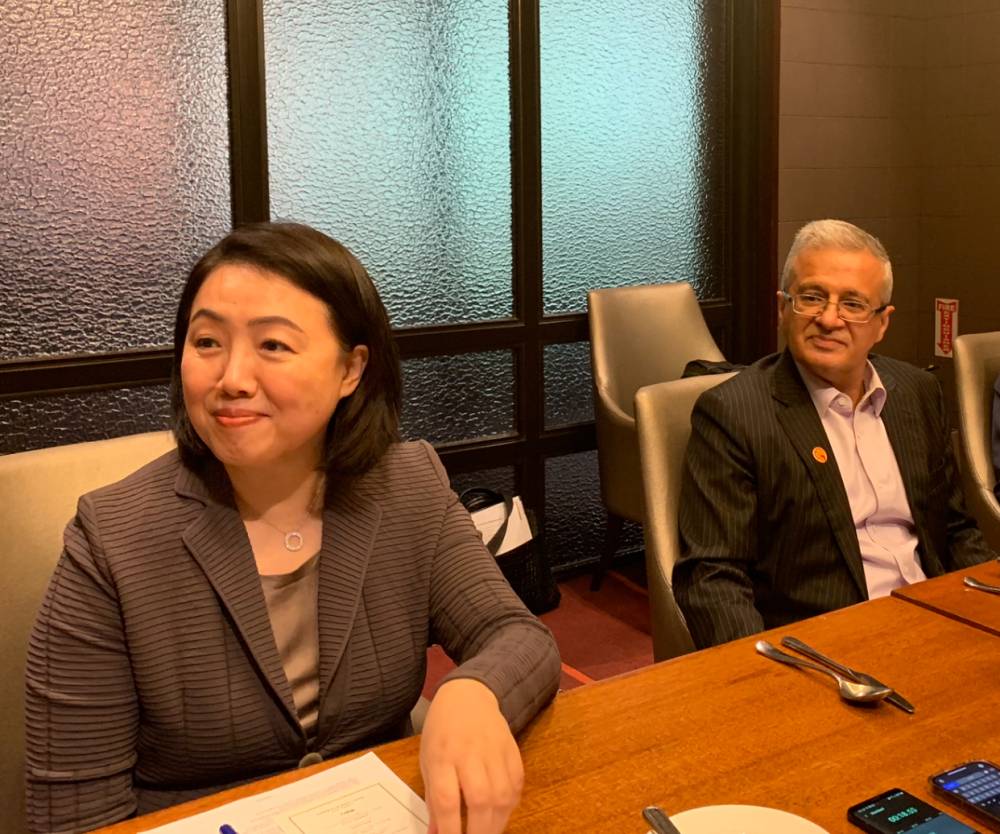Youth not wasted on the young; They’re getting richer faster

Across the region, consumer affluence is rising—not necessarily the “crazy rich Asians” who were born into money. We’re talking about an increasing number of young people who are making a fortune at a faster pace than their elders, whether through entrepreneurship or successful profession, experts at British banking giant HSBC say.
The much-improved macroeconomic environment, being the tide that lifts all boats, is seen enabling young Asians to participate more in wealth creation. There are greater opportunities offered by the new economy; awareness on financial planning is increasing and some are postponing, if not ditching, marriage or having children to attain financial goals.
Singapore-based Kai Zhang, head of HSBC Wealth and Personal Banking (WPB) in South Asia and Southeast Asia, notes a growing number of white-collar workers or professionals and business owners making their mark at an early age in the region, a trend that bodes well for wealth managers and advisors.
“When you talk about the younger generation, a lot of them are getting into the new economy and actually are entrepreneurs,” Zhang says in a chat with the local media.
Sandeep Uppal, president and CEO of HSBC Philippines, says one of the reasons why unemployment rate is at record-low level in the country (at 4.5 percent as of January) is the rise of the “gig” economy. This refers to part-time or freelancing job, including content creation. Who would have thought that being a social media influencer would become a lucrative profession?
Based on a study released at end-2023 by Forex.com, for instance, Filipino-American singer and content creator Bella Poarch is among the top 10 celebrities (ranking fifth after Babyface, Chase Hudson, Billy Joel and Tommyinit) generating the biggest returns on their net worth. Her net worth was estimated at $12 million and monthly income at $510,000.
Rising entrepreneurship Uppal says people still tend to be richer at a later stage of their life cycle, but he agrees that the appetite for entrepreneurship is on the rise among young Filipinos, thus boosting the probability that they will succeed in attaining affluence at a younger age.
“They set up their own ventures. In the past it would be around the brick-and-mortar venture; now they are going online. What has been really amazing is they are able to go into e-commerce on a low-cost platform like Instagram and Facebook,” he says.
Internally, HSBC defines an “affluent” customer as an individual with at least $40,000 (P2.25 million) in investible funds based on the amount of assets placed under its management.
But since high-net worth clients typically invest in multiple institutions and diversify their assets, this amount could just be a fraction of their personal wealth, Zhang says.
In the Philippines, among those who have become billionaires before the age of 40– and tested the value of their assets by listing the companies they founded on the stock exchange — are Edgar “Injap” Sia of DoubleDragon Corp. and MerryMart, Edgar Saavedra of Megawide Construction Corp. and Leandro Leviste of Solar Philippines.
Growth leader in AseanAnother indication of rising affluence among young Filipinos is rising propensity to travel.
“Before, when people traveled overseas, they were usually in their 30s, 40s or 50s. Now, in their 20s and early 30s, they travel overseas. Clearly, we see a lot of affluence now,” Uppal says.
Being one of the world’s fastest growing trade bloc, Zhang says the Association of Southeast Asian Nations (Asean) is among HSBC’s top markets.
“Philippines is a growth leader even within Asean. This year, it should register the second highest growth rate in Asean bloc,” Zhang says.
The demographic dividend, referring to the critical mass of people who have newly entered the labor force and will continue to create value for decades to come, is also seen be a “strong and sustainable” driver for growth, she says. This is applicable especially in the Philippines, where the median age is 26.
And because there are more and more young people accumulating wealth through entrepreneurship or professional career, including those who have worked overseas, Zhang says HSBC has had to pivot its financial services to suit this emerging segment.
“In terms of number they are increasing,” she says.
And while other global banking peers have exited the local consumer and retail banking business in the Philippines, HSBC sees itself in a good position to capture opportunities from rising consumer affluence.
“Clearly we see a huge opportunity on the retail [banking] front as you have seen in some of the investments we’ve made into our branches, into the network,” adds Uppal.
Zhang notes that HSBC is boosting its efforts in three areas: bringing more of the affluent customers to its fold and helping them build wealth through different life stages; accelerating its wealth management capabilities by deploying more products and planning tools while streamlining processes; and supporting their funding needs through lending, whether through credit cards, personal loans and mortgages.
She expects WPB business in the country to grow at a double-digit pace “across all metrics” especially as the bank rolls out more mobile banking features, credit card products and investment platforms moving forward.
“We truly believe that it is only the beginning, especially in the Philippines. After my visit, I’ve become fully convinced that there’s just a lot opportunity that’s untapped,” she says.

















